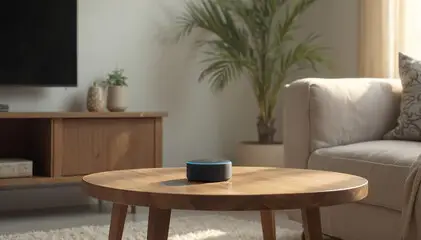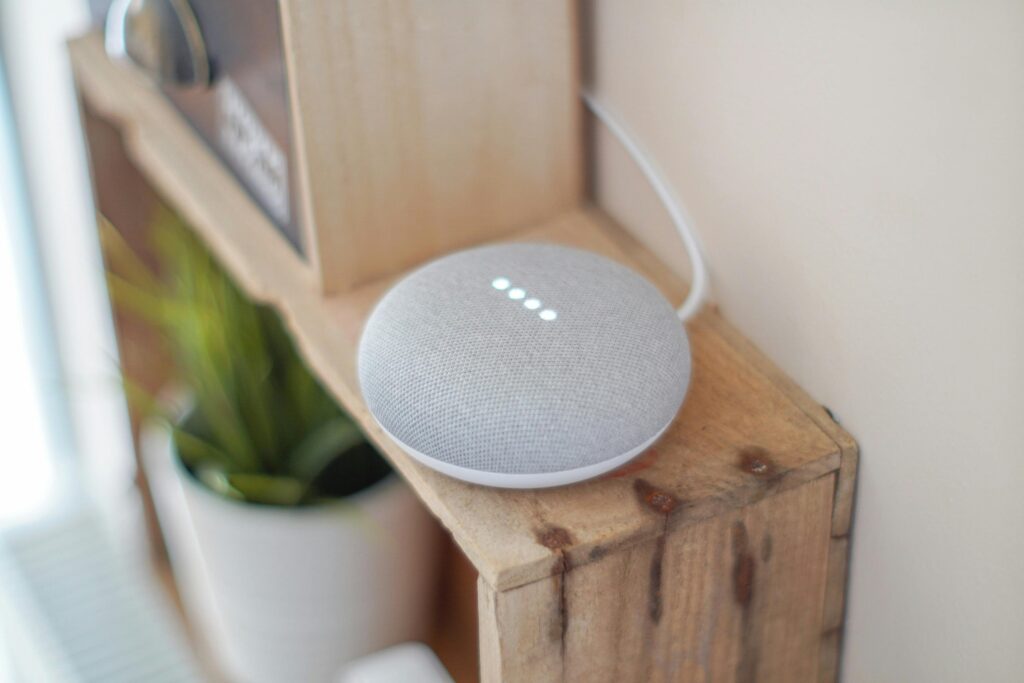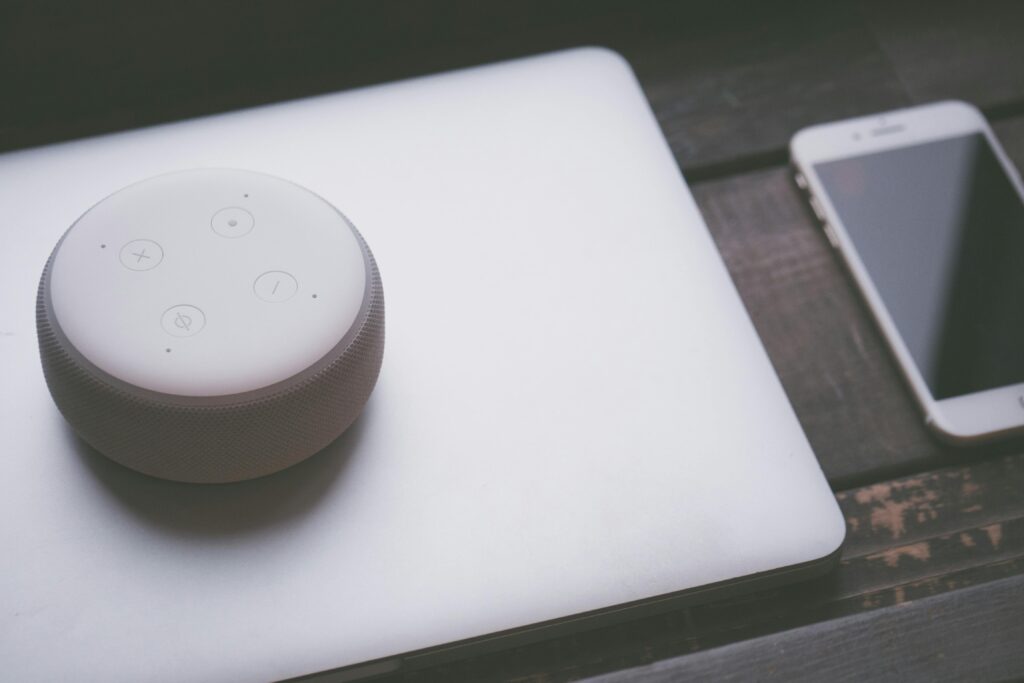How Voice-Controlled Home Automation Enhances Daily Living
Voice-controlled home automation is changing the way people interact with their living spaces. With smart assistants like Amazon Alexa, Google Assistant, and Apple Siri, homeowners can control lighting, security, entertainment, and appliances using simple voice commands. This guide explores the benefits of voice-controlled automation, how it integrates with daily routines, and the best devices available.
Benefits of Voice-Controlled Smart Homes
1. Hands-Free Convenience
- Control smart devices without lifting a finger.
- Great for multitasking, accessibility, and helping those with mobility challenges.
2. Seamless Smart Home Integration
- Syncs with lighting, thermostats, door locks, security cameras, and entertainment systems.
- Automates daily routines like adjusting temperatures, turning off lights, or starting coffee makers.
3. Enhanced Security and Monitoring
- Lock doors, check security cameras, and arm alarm systems with voice commands.
- Some systems offer custom voice authentication for added security.
4. Energy Efficiency and Cost Savings
- Adjusts lighting and thermostat settings to optimize energy use.
- Helps lower electricity bills with automated schedules and smart sensors.
5. Improved Entertainment Experience
- Control music, TV, and streaming services effortlessly.
- Create custom voice commands for multi-room audio setups or home theater systems.
Top Voice-Controlled Smart Home Devices
1. Amazon Echo (Alexa)
- Works with thousands of smart home devices.
- Supports custom automation routines.
- Offers voice-controlled shopping, reminders, and music streaming.
2. Google Nest Hub (Google Assistant)
- Includes a touchscreen for smart home control and visual updates.
- Integrates well with Google services like Calendar, Maps, and YouTube.
- Offers personalized responses with voice-matching technology.
3. Apple HomePod Mini (Siri and HomeKit)
- Secure, privacy-focused smart home control.
- Works seamlessly with Apple devices like iPhones, iPads, and Macs.
- Delivers high-quality adaptive audio for an enhanced music experience.
How to Set Up Voice Commands for Your Smart Home
- Choose a Voice Assistant: Select Alexa, Google Assistant, or Siri based on the devices you own and their compatibility.
- Connect Smart Devices: Use Wi-Fi or Zigbee-enabled hubs to link lighting, locks, thermostats, and appliances.
- Create Custom Routines: Set up voice-activated sequences, such as “Good Morning” to turn on lights and adjust temperature.
- Enable Voice Recognition: Configure voice profiles for personalized responses and better accuracy.
- Use Third-Party Integrations: Expand functionality with apps like IFTTT for custom automation.
Conclusion
Voice-controlled home automation makes daily tasks easier, improves security, and helps save energy. Whether you prefer Amazon Alexa, Google Assistant, or Apple HomeKit, integrating voice control into your home brings convenience and efficiency to everyday life. By selecting the right devices and setting up smart routines, you can create a connected home that works effortlessly for you.


